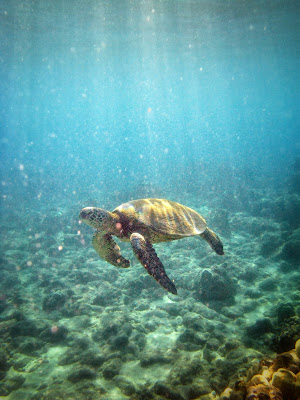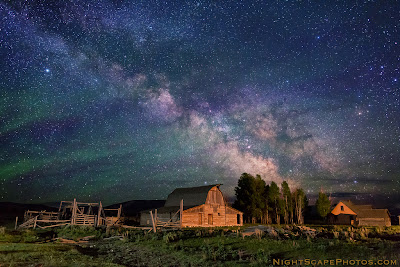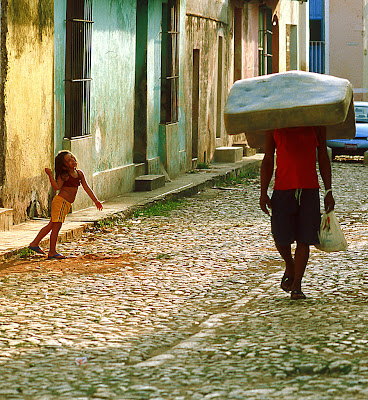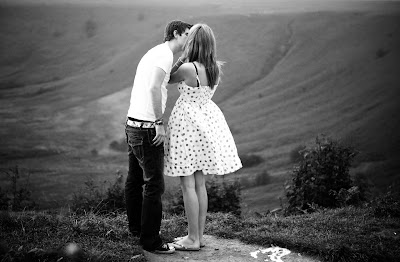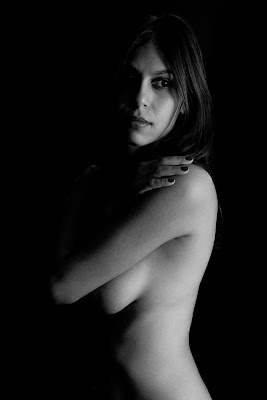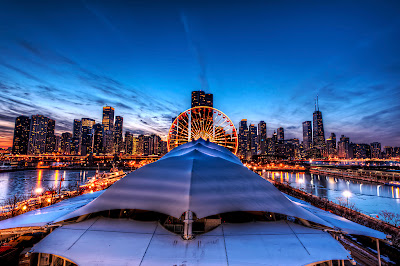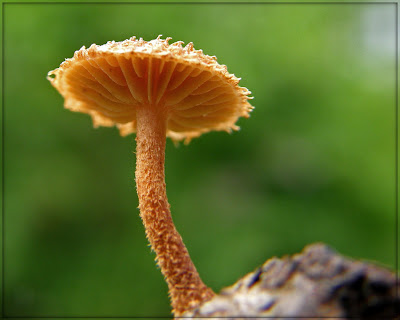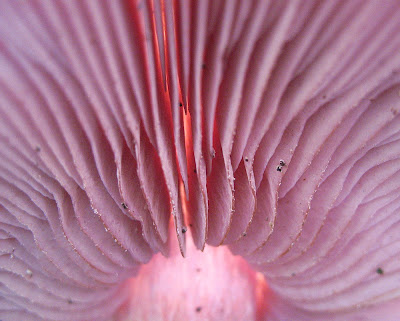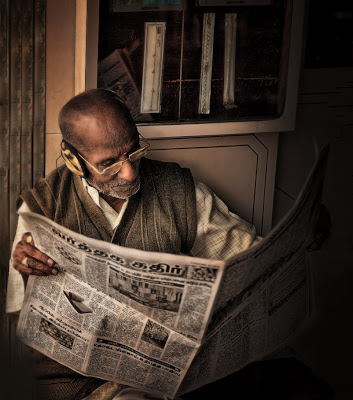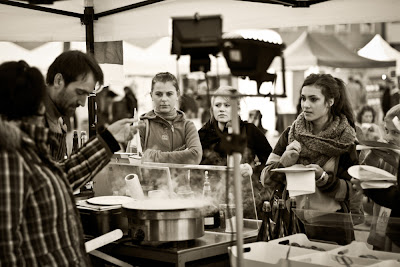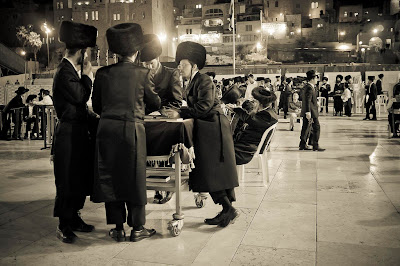Photography is more popular today than it has ever been in the history of mankind. Photography has grown either as a hobby or as a profession through various branches covering diverse fields of application. In this article we will discuss some of the more popular types of photography practised today. Please bear in mind that there are still categories and subcategories to many of the types discussed below but to keep things in perspective we only cover the broad spectrum.
1. Digital Photography
Digital photography makes use of electronic photo detector cells to capture the images as opposed to the traditional method of using photographic film. Traditionally developing of photographic film meant chemical photographic processing. But in digital photography the captured exposure is immediately digitized and stored ready for digital post processing, publishing, printing or sharing.
2. Candid Photography
Candid photography does not include any staged or posed situations rather the photograph is made either without the subject's knowledge or explicit permission.
3. Nature Photography
Nature photography is one of the major types of photography with a wide range of sub categories like landscapes, wildlife, plants etc. When compared to other genre of photography like photojournalism and documentary photography, nature photography gives more emphasis to the aesthetic value of the photo. Nature photographs are primarily published in scientific journals, travel and cultural magazines and wildlife books. Let us now discuss some of the popular sub categories of nature photography.
Wildlife Photography: wildlife photography aims to capture amazing shots of animals in their natural habitat and is usually done by professionals who are also part naturalists who have a love for nature and wildlife, is conservation oriented, knows how to behave in the wild, and is ready to spend hours or even days in the wilderness to capture the frame he/she desires.
Landscape Photography: showcases the natural beauty of a location or place. The subject matter could range from deserts to mountains to wilderness to waterfalls.
Underwater Photography: explores a whole new world which lies beneath the vast oceans, lakes and rivers. This type of photography requires specialized gear to operate the camera underwater and the photographer also need to be a trained swimmer / diver with great physical strength and endurance to be able to cope to the needs of this demanding field.
Seascape Photography: Seascape photography aims to capture the various moods of the ocean during different times and across seasons. This is one genre of photography that requires a lot of patience as most of the elements are not within the control of the photographer he/she should be willing to visit the same spot over and over to get the right effect (clouds, sky, colour, lighting, waves etc) he/she desires.
Cloudscape Photography: captures the various shapes and images made by cloud formations and light seeping in through. This is one area of photography where creative black and white effects are still used a lot.
Nightscape Photography: "NightScapes" are exposures of the night sky with a landscape feature included in it. Many times photographers use flash bulbs or light painting to bring out details in the foreground feature they include in the frame.
4. Photojournalism
Photojournalism is the type of photography mostly done by professionals. It is all about narrating a story or describing an incident or event through photographs and narration. Mainly employed by news papers and magazines; photojournalism could be further divided into documentary, street and celebrity photography.
Documentary Photography: done mostly by press photographers; in documentary style the photographer aims to capture an image that best captures the essence of the scene in its true form. The work is not permitted to be edited beyond minor corrections and retouches as it could change the entire context of the original image and tell quite a different story.
Street Photography: captures candid images of public places or people in their natural environment going about their daily affairs, at work etc. however this is one type of photography that requires a lot of interpersonal skills on the part of the photographer and also the ability to use one’s better judgement. While doing street photography, one should also be aware of places where photography is strictly prohibited e.g. Inside of military establishments, certain temples, churches, mosques, dams, etc. it is also illegal in certain countries to photograph uniformed policemen and other officials even in public places.
Celebrity Photography: news papers, magazines, on line publications, event organizers and at times celebrities themselves hire photographers to photograph them. Depending on the nature of the picture and the intended purpose this could either be
- An arranged photo shoot involving people of different skill levels like a stylist, costumer, organizer etc where in every aspect of the shoot including make-up, clothing, props, themes etc are all planned well in advance and the shoot is conducted either in the studio or outdoors.
- Photographing celebrities at various functions or press conferences.
- Paparazzi photographers capture celebrities on camera without their knowledge or consent and are mainly hired by magazines or other media.
5. Black and White Photography
Black and white photography relies on lighting, textures and composition to successfully narrate a story. It has a unique charm that gives a timeless appeal to pictures and many photographers turn to black and white imaging to create drama and variety to their images.
6. Fashion Photography
One of the more lucrative types of photography; fashion photography is devoted to focus the attention of the viewer to the clothing or other fashion accessories. Major clients are leading fashion magazines which cater to a niche and affluent crowd who yearns to know the latest and best in fashion. In recent years fashion photography has evolved many styles among them are practices like enhancing the clothing or accessories by portraying them in exotic locations or with exotic accessories.
7. Glamour Photography
Glamour photography is similar to fashion photography, but instead of laying emphasis on clothing and fashion accessories the viewer’s attention is drawn towards the model. The subjects of glamour photography are often professional female models, they may be fully clothed or semi – nude or even nude but it falls short of being pornographic photography. The images may be for commercial uses which include calendars, pinups for men’s magazines etc.
8. Advertising Photography
Advertising photography is basically intended to sell a product or a service. It usually involves team work involving the photographer, an advertising agency, a design firm with their own corporate design team etc. The photographer and the agency work together to come up with ideas or concepts which could help portray the products or services in the best possible way.
9. Still Life Photography
Still life photographers photograph commonplace objects either natural or man-made. It is an art in which the photographer may deliberately put together different things to form particular compositions and requires expert knowledge from the photographer in the areas of composition and lighting.
10. Portrait Photography
Portrait photography is all about capturing the personality of a person. It could be just a head and shoulders portrait or an environmental portrait. The aim is to photograph a person in such a way so that the photograph captures the character / soul / essence of the person and narrates it to the viewer.
11. Headshot Photography
Commonly referred to as mug shots, head shot photographs are intended purely for work purposes and so are plain and simple shots with not much lighting, make up etc to make the picture look aesthetically beautiful and that differentiates it from portraiture.
12. Child Photography
Photographing children is a speciality in itself calling for great skill on the part of the photographer to build a rapport with the children within a short period and be able to capture their best moods and moments.
13. Wedding Photography
Wedding photography is one type of photography in which the end result (photos) is sold directly to the end user of the images. Wedding photographers are mainly hired by clients themselves to capture the most beautiful and memorable moments in their life in the best way possible. There are many styles of wedding photography; some capture the events candidly, some capture glamorous moments in a studio and some do it the traditional posed style. In recent times many people prefer having a themed wedding which opens up a whole new world of creative possibilities for the photographer.
14. Fine Art Photography
Fine art photography is about creative images with an abstract appeal which are the equivalent of an artist’s expression on canvas. Fine art photography calls for creative thinking from the part of the photographer and the ability to look beyond the obvious.
15. Nude Photography
Nude photography is about the depiction of the human body in the nude form. These photographs are not meant for eroticism but purely for the study of the human body. Here, the face is not always the focal point, and the compositions are stylized with experimentation in terms of light and backdrops.
16. Travel Photography
Done by professionals and amateurs alike, Travel photography involves capturing an area’s people, landscapes, culture, customs and history. As per the Photographic Society of America, a travel photo is an image that expresses the feeling of a time and place, portrays a land, its people, or a culture in its natural state, and has no geographical limitations.
17. Architectural Photography
Architectural photographers photograph different styles of architecture in an aesthetically pleasing manner. This is one specialized field of photography where in photographers use special lenses like the ultra wide angle and tilt shift lenses. This type of photography requires a thorough understanding of the various photographic principles and lighting.
18. War Photography
War photography captures photographs of armed conflicts, the destruction it causes and its effect on life of people. This is one of the riskier types of photography where photographers are often caught in the conflict and injured or even killed. There have even been instances where photographers were abducted and killed so that the recorded evidence of atrocities committed during war (pictures) will never see light.
19. Fire Photography
Mainly useful for investigative purposes, fire photographers equipped with all kinds of protective gear and clothing record the fire fighting operations carried out by professional fire fighters.
20. Forensic Photography
Also known as crime scene photography or forensic imaging, forensic photography as a part of evidence collection is the art of capturing accurate representations of a crime or accident scene for the benefit of the investigating agencies or the court to aid in their investigation. Forensic photographers photograph victims, places, items involved in crime and also the crime scene from all possible angles.
21. Secret Photography
Also called as covert photography, secret photography done mainly for investigative purposes refers to capturing images of people without their knowledge. Secret photographers often conceal or disguise themselves or their gear and also use hidden cameras and other devices.
22. Macro Photography
Macro photography is nothing but extreme close up photography and is all about capturing images of very tiny subjects. It requires the use of dedicated macro lenses. A true macro lens is one which gives 1:1 or life size magnification. There are other specialized lenses available like the Canon MP-E 65 which could go from 1:1 to 5:1 magnification.
23. Aerial Photography
Aerial photography is the art of taking photographs of the ground from an elevated position which includes air crafts, helicopters, hot air balloons, gliders, parachutes, etc. photographs could either be captured by the photographer flying with a camera or from the ground with the camera mounted on to an aircraft or similar device.
24. Food Photography
Food photography aims to produce attractive photographs of food to be used for advertisements, menus, cook books etc. professional food photography is often a team effort involving services of an art director, food stylist and a photographer.
25. Astrophotography
Astrophotography is the art of capturing images of astronomical objects and of large areas of night sky. Generally the subjects of astrophotography are the Sun, Moon and Planets. But using techniques of long exposure and capturing images over long periods of time, astrophotography has the ability to even record objects which are invisible to the human eye such as very dim stars, nebulae and galaxies. Till recently it was a type of photography mainly done by professionals but with the advent of digital photography, many amateurs have taken it up as a hobby.
26. Night Photography
Night photography refers to photographs taken in the outdoors between dusk to dawn. The low light conditions during the time calls for the creative use of long exposures, wide aperture lenses, and the use of either moon light or artificial lights. Photographers often turn to techniques of light painting to properly expose subjects.
The diverse types of photography are a clear indication of the ever increasing popularity of this art form. Technology has made it possible to try and expand the possibilities to even greater extends. Now days almost anyone has access to a digital camera and with the popularity of internet there is no dearth of information or inspiration. All that is required is a little bit of creativity, observation skills and perseverance to capture images that are beyond ordinary.
Related Reading






